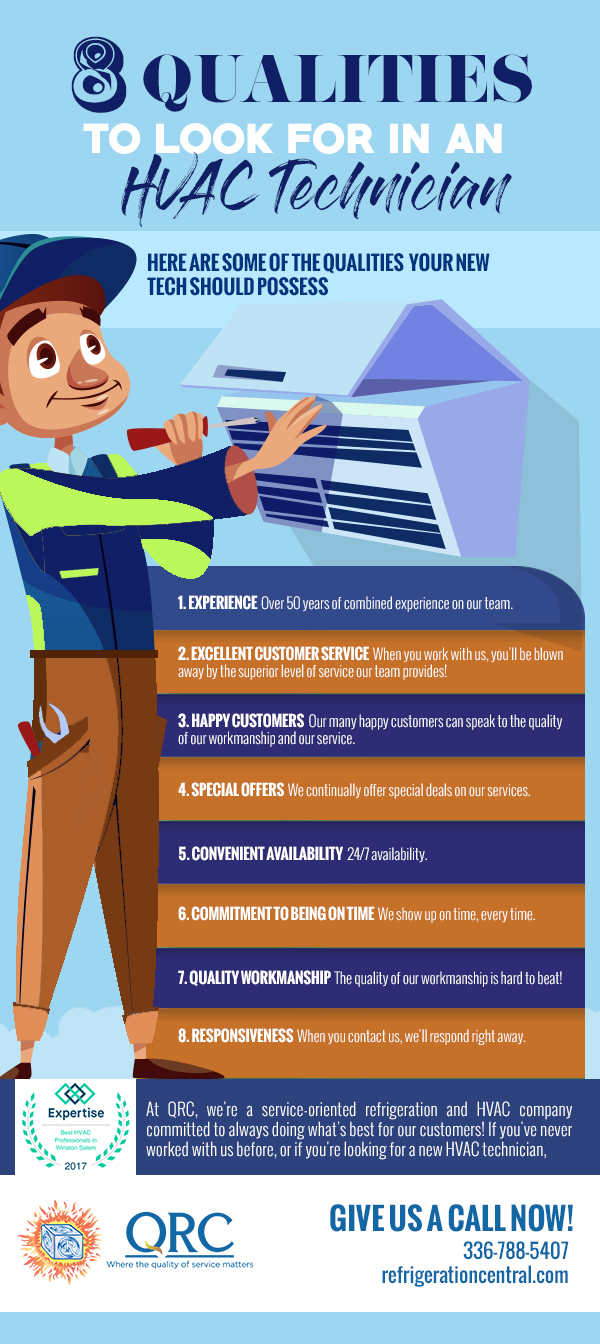Exactly How Climatic Factors Influence Heat Pump Workflow And Practical Measures To Address These Difficulties
Exactly How Climatic Factors Influence Heat Pump Workflow And Practical Measures To Address These Difficulties
Blog Article
Authored By-Pacheco Crabtree
When it comes to your heatpump, weather condition plays an essential role in its performance. From freezing temperatures to sweltering heat, each element can impact just how successfully your system runs. However what can click here now do to battle these weather-related difficulties and guarantee your heat pump is operating at its best? Remain tuned to uncover sensible suggestions and approaches to maximize your heatpump's performance, regardless of the weather it deals with.
Climate Factors Influencing Heat Pump Performance
Weather condition aspects have a significant effect on the efficiency of heat pumps. One crucial element is temperature. Heat pumps function by transferring heat from outside to within during winter and vice versa in summer season. As temperature levels drop, it becomes harder for the heatpump to essence warmth from the outside air, reducing its effectiveness.
Another key element is moisture. High moisture levels can make it much more tough for the heatpump to release warm throughout the cooling procedure.
Additionally, wind rate contributes. Strong winds can dissipate the warmth absorbed or launched by the heatpump, affecting its overall performance.
Tips for Optimizing Heat Pump Efficiency
To improve the performance and long life of your heatpump, applying a few vital methods can make a significant distinction in its performance.
Firstly, ensure regular maintenance by cleaning or replacing filters every 1-3 months to prevent air movement obstructions and take full advantage of airflow. In addition, timetable yearly expert assessments to spot and address any kind of potential issues at an early stage.
Optimal thermostat setups additionally play an essential duty. Throughout the wintertime, aim for a temperature level setting that's as low as comfy, and throughout the summer, set it as high as comfy to reduce the workload on your heat pump. Using a programmable thermostat can assist you automatically readjust settings based on your schedule.
Furthermore, securing leaks in ductwork and shielding ducts in unconditioned rooms can prevent energy loss and enhance overall system efficiency.
Lastly, think about mounting a wise thermostat that can discover your behaviors and readjust settings accordingly, additional optimizing your heatpump's performance. By complying with these pointers, you can guarantee your heat pump runs effectively and successfully throughout the year.
Best Practices for Weatherproofing Your Heat Pump
For optimal performance and efficiency of your heatpump, applying weatherproofing actions is essential. Beginning by sealing any kind of spaces or splits around doors, windows, and ductwork to avoid warm loss and keep a regular interior temperature level.
Protect subjected pipelines and ducts to stop freezing during winter and ensure correct airflow. Consider mounting a protective cover over the outside device to protect it from rough climate components like snow, ice, and debris.
Consistently tidy the outdoor device to get rid of dirt, leaves, and particles that can block airflow and reduce performance. Furthermore, keep the location around the heat pump free from snow, ice, and plant life to permit correct air flow.
Final thought
Since you understand how climate impacts your heat pump performance, you can take aggressive actions to maximize its effectiveness. By complying with the pointers described in this article, such as routine maintenance, thermostat adjustments, and weatherproofing steps, you can guarantee that your heatpump runs at its ideal despite the climate condition. Remain visit the site and keep your home comfortable all year round.
